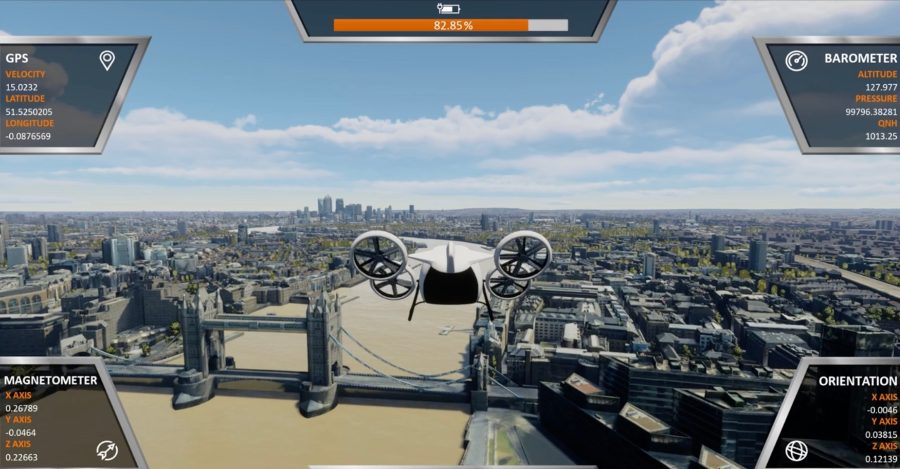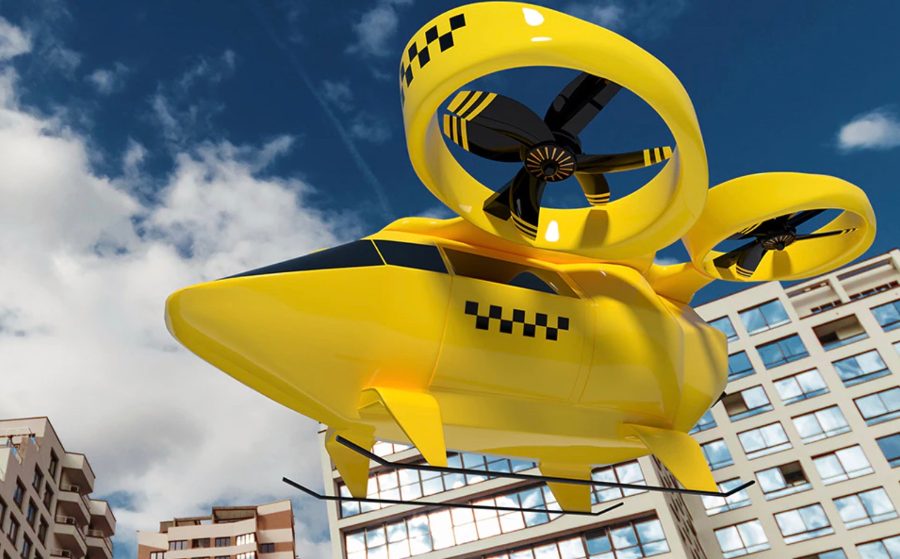Training the Drones of the Future: MicroSoft’s New AI-Powered Drone Simulator Is Made for Drones, Not People
BY Zacc Dukowitz
27 July 2022Microsoft recently shared a preview of Project AirSim, an AI-powered simulator that it’s been working on for five years.
When we hear the words “drone simulator” we typically think of a virtual environment made to train pilots. But AirSim is made to test and train autonomous drones.
The goal of Project AirSim is to help drone manufacturers make their drones autonomous without having to make their own simulators.
Project AirSim can be used to test and train autonomous drones for delivery, search and rescue, inspections missions, and other real world scenarios. Drone companies working to make their drones autonomous can use the simulator to see how their drones might operate in real world scenarios, allowing them to put their autonomy algorithms to the test before actually deploying them.
And it’s not just for drones. It can also be used to test drone taxis and other large Advanced Aerial Mobility (AAM) vehicles, like giant cargo drones.


A drone taxi simulation from Project AirSim
To make Project AirSim, developers at MicroSoft extensively researched and tested AI and deep learning (a phrase for using AI and machine learning to allow an algorithm to learn, similar to how a human learns).
The project began in 2017 as AirSim, an open-source AI research and experimentation project whose aim was to share research code and test new ideas around aerial AI development and simulation. When Project AirSim launches, the original AirSim project will be retired.
As MicroSoft points out on the AirSim page, when it first began the simulator project, the idea of launching actual drone delivery programs was still somewhat in the realm of sci-fi. Fast forward five years, and we now have several companies making drone deliveries in the U.S., with rapid expansion from companies like Zipline and Amazon Prime expected for the near future.
The Future of Autonomous Drone Ops
Training an AI algorithm to fly so that it can deal with any scenario it might encounter requires a huge amount of data.
For a drone to fly on its own it needs to know what to do in any situation that might arise, including knowing how to operate in bad weather, how to avoid collisions, and how to land when there isn’t an ideal location for doing so.
Further, each type of job a drone does may require specialized knowledge.
For deliveries, for example, the drone needs to be able to anticipate how the weight of the package it carries could impact its battery life and its maneuverability. And for inspections, the drone needs to know how weather and other environmental factors may impact its ability to collect the visual data needed for the inspection.
Autonomous systems will transform many industries and enable many aerial scenarios, from the last-mile delivery of goods in congested cities to the inspection of downed power lines from 1,000 miles away. But first, we must safely train these systems in a realistic, virtualized world.
– Gurdeep Pall, Microsoft VP for Business Incubations in Technology and Research at Microsoft
To make the simulations realistic, Project AirSim offers companies a library of simulated urban and rural locales, allowing them to pull from maps of real places to create the environment in which they perform their testing and training.
For now, Project AirSim will come with three real world scenarios, or aerial autonomy use cases.
1. Infrastructure Inspection


Autonomous solutions greatly reduce the costs and risks associated with inspection of infrastructure such as cell towers or wind turbines. AI models detect and avoid obstacles during flight, then identify anomalies in the inspection.
2. Last-mile Delivery


Delivery of goods in urban environments is one of the most time-consuming and costly parts of the supply chain. Autonomous aerial solutions enable industries to move cargo more efficiently and sustainably.
3. Urban Air Mobility


Autonomous uncrewed aviation offers great advances for urban transportation. Simulated models optimize flight routes and fuel use to serve passengers efficiently and safely.
Watch this video to learn more about Project AirSim and MicroSoft’s vision for the future of aerial autonomy:


Watch this video on YouTube


